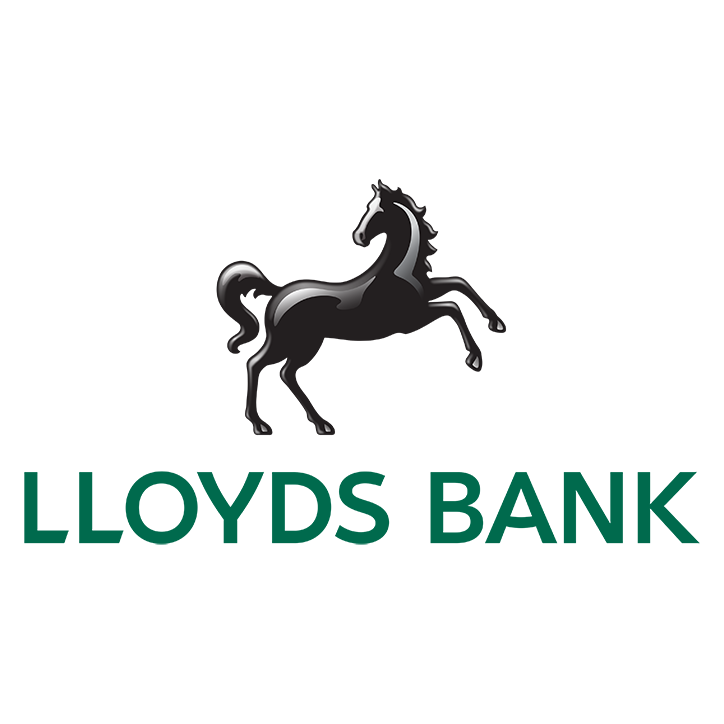Barclays dividend income is becoming a popular focus for UK investors looking to create a steady second income stream. With the stock market buzzing in 2025, many income‑seekers are turning to banks like Barclays for reliable dividend payouts. In this guide, we’ll explore exactly how many Barclays shares you need for £1,000 a year in income, the risks to watch out for, and strategies to make the most of your investment.
Why Barclays Dividend Income Appeals to Investors
Barclays, a FTSE 100 banking leader, offers a dividend yield that consistently attracts income‑focused investors. In 2024, the bank’s pre‑tax profits surged by 24% to £8.1 billion, making Barclays dividend income a compelling option for those seeking passive earnings.
Barclays’ focus on investment banking and strong UK lending operations has bolstered its financial position. The bank also announced a £1 billion share buyback in February 2025 — a strong signal of confidence in future performance. However, dividends are never guaranteed, which means knowing the numbers is crucial before investing.
Calculating Barclays Dividend Income for £1,000 a Year
To generate £1,000 annually, we need to look at Barclays’ forecast dividend yield. Analysts expect a 3.13% yield for 2025, based on a share price of about £3.34. This works out to roughly 10.45p per share annually.
-
Annual target income: £1,000
-
Dividend per share: £0.1045
-
Shares required: ~9,570
-
Estimated investment: £31,963 at £3.34/share
These numbers assume dividend stability, which is never certain. You can check Barclays’ latest yield data on London Stock Exchange.
Growth Factors Supporting Barclays Dividend Income
Barclays’ investment banking division saw a 7% income rise to £11.8 billion in 2024. This, combined with a return on tangible equity of 10.5%, supports dividend payouts. The bank’s valuation is also attractive, with a P/E ratio of 8.2 signalling potential undervaluation compared to peers.
The ongoing share buyback program reduces the number of shares in circulation, which could increase future dividends per share. Some analysts forecast the dividend yield may rise to 3.49% by 2026, potentially lowering the number of shares you’d need for your target income.
Risks That Could Impact Barclays Dividend Income
While the outlook is encouraging, Barclays dividend income is not risk‑free:
-
Economic slowdown – A weaker UK economy could reduce loan demand and increase defaults.
-
Global trade tensions – US tariffs and geopolitical instability could impact Barclays’ overseas operations.
-
Interest rate changes – Cuts in rates can reduce net interest margins, affecting profitability.
-
Regulatory risks – Although Barclays avoided the motor finance scandal, past practices may still face scrutiny.
To reduce risk, diversify your portfolio rather than relying entirely on Barclays for income.
Building a Strategy for Barclays Dividend Income
Here are three steps to boost your Barclays dividend income potential:
-
Use a Stocks and Shares ISA – Invest up to £20,000 a year tax‑free, shielding your dividends from income tax.
-
Reinvest dividends – Compounding your returns can accelerate your journey to £1,000 yearly income.
-
Diversify your holdings – Include other high‑yield shares or dividend ETFs for a balanced portfolio.
You can explore Barclays’ own platform, Barclays Smart Investor, or independent platforms like Hargreaves Lansdown for investment options.
Long‑Term Outlook for Barclays Dividend Income
Market analysts hold a median price target of 347p for Barclays shares, representing an 11.5% upside from £3.34. With dividends included, a £10,000 investment could grow to £11,350 in a year.
Long‑term growth depends on stable interest rates, steady UK economic performance, and Barclays’ ability to maintain strong lending and investment banking income. However, potential risks such as a US recession or UK housing market slowdown should be monitored closely.
Getting Started with Barclays Dividend Income Investments
If you’re new to investing, follow these steps to get started:
-
Open an investment account – Choose between Barclays Smart Investor, Hargreaves Lansdown, or AJ Bell.
-
Check fees carefully – Flat‑rate share dealing fees can be better for regular investors.
-
Set a regular investment plan – Buy shares monthly to smooth out market fluctuations.
-
Review your strategy annually – Monitor both share price performance and dividend payouts.
Final Thoughts on Barclays Dividend Income
With around 9,570 shares, you could achieve a £1,000 yearly second income from Barclays dividends. The bank’s strong profits, buyback program, and healthy dividend yield make it appealing but it’s not without risks. Diversifying your portfolio and staying informed will be key to long‑term success.
Investing in Barclays dividend income can be a cornerstone of your passive income plan if approached with care and discipline. As always, investments can rise or fall in value, so speak to a financial adviser if you’re unsure before committing your capital.



